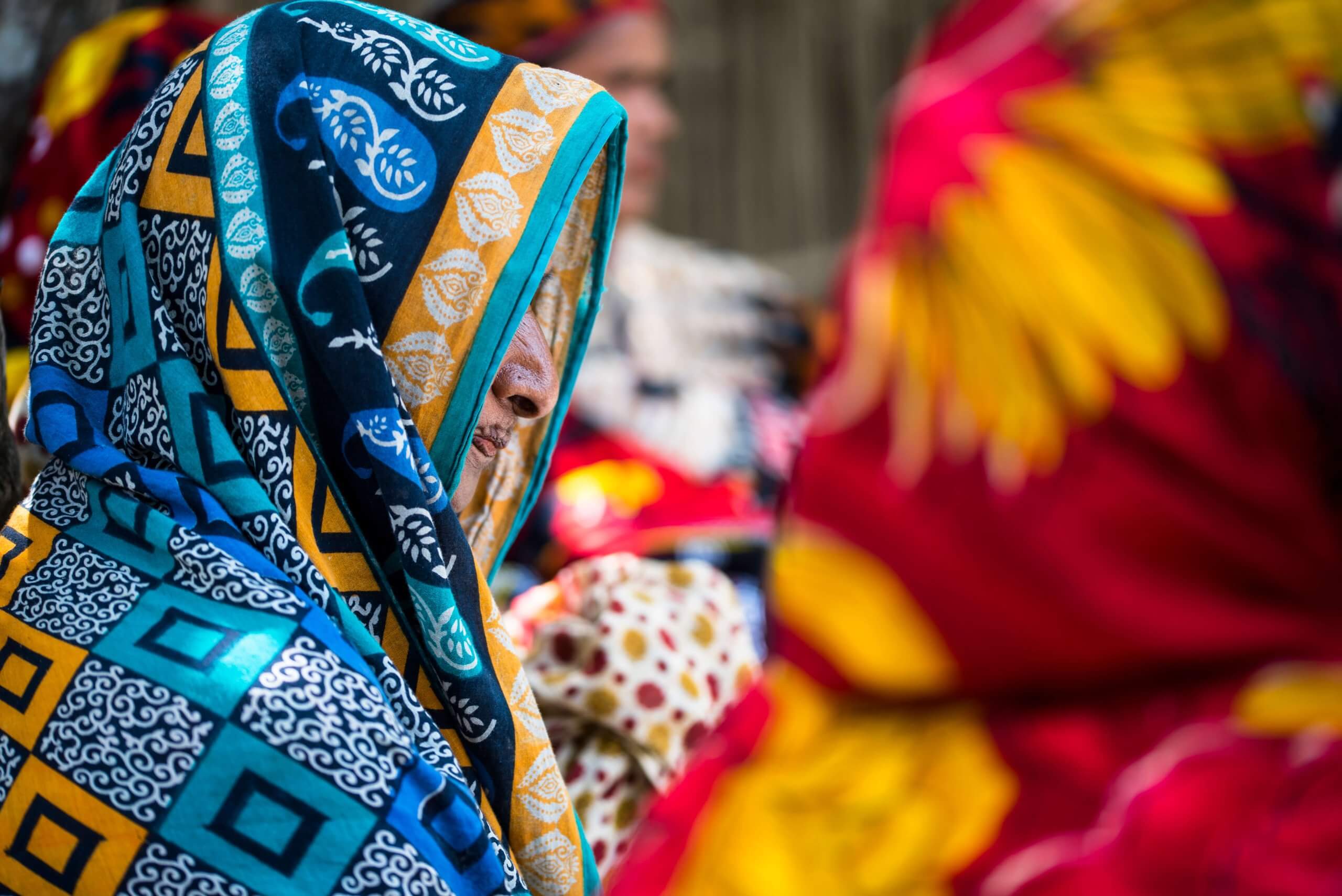
Formulating our task
“So what are we doing here and how will we, two interns not knowing much about Uttarakhand and even less about the daily lives of the local village communities, contribute to the work of SOPHIA and UYRDC[1]?” I have kept asking myself, both before the departure to India and also while here. The answer that keeps resounding in my head is getting more and more developed and more specific for each day. The intended main purpose of our stay at SOPHIA in Dehradun and at UYRDC will be to, together with the two organizations and their target groups, develop a format for how these organisations will review their projects in 2015.
But as I, and my colleague Isabell, think that we have sort out the answer to the question mentioned above, more questions arises. After more than two weeks at SOPHIA in Derhadun we are quite clear about how they work to strengthen the capabilities of the Van Gujjars to claim their domicile[2] and forest rights, at least in theory. When we joined the Van Gujjars in their forests this Saturday, some ideas of how this might be carried out in practice also arose but there is still a lot of thinking and tinkering to do before we actually know what will be included in the forthcoming review in 2015.

Lal Sen of Timli village has long been well aware of the high stakes involved in the forest conservation projects by the state forest department. As cited already in 1991, he expressed the difficulties of claiming political and forest rights being a pastoralist people among a society where settled farming is the norm.
Initially SOPHIA worked with SSNC (Swedish Society for Nature Conservation/Svenska naturskyddsföreningen) in the forests rights programme and with the Swallows (Svalorna Indien Bangladesh) in a sustainable farming project. In 2010, however, SNNC withdraw their operations from India and the Swallows continued the funding of the Agency and Forest Rights programme, which aims to strengthen the Van Gujjars in their ability to claim domicile rights and rights to their forests. But UYRDC then, how do they feed into this programme? UYRDC joined the Swallows’ Agency and Forest Rights programme in 2011 in order to build a common platform with SOPHIA for capacity building, information sharing and most important, to perform advocacy towards the state government. And while SOPHIA is working towards the Van Gujjars, UYRDC aims to build the capacity of village hill communities in order to improve forest management.
Then again, how will we be able to contribute to their work the coming month while staying at their office in the small village of Narayanbagar in the Himalayas? How can we integrate the people to whom this programme is aiming into the review exercise? These are questions I hope we will sort out in next couple of weeks!
And after a few delays, it just got confirmed that we will do the 10 hour journey via serpentine roads to the small village of Narayanbagar and the office of UYRDC this Saturday. Traffic jams, city life and paneer masalas will then turn into, at least as we have pictured it, steep mountain hills, leopards hunting us in the evenings, weak internet connection and more daal, millets and vegetables than masala curries and Cadburys.
/Johan
[1] Society for the Promotion of Himalayan Indigenous Activities and Uttaranchal Youth Rural Developement Centre
[2] Domicile rights include voting rights, ration cards, photo IDs etc.

